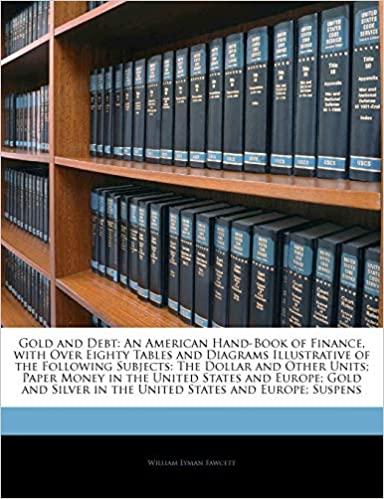Question
The Service + group has the project to create a regional subsidiary with the participation of an investment company. The purpose of this case study
The Service + group has the project to create a regional subsidiary with the participation of an investment company. The purpose of this case study is to retrace the different stages of of the financial evaluation of the project: - The evaluation of the economic profitability. - The financial forecasting resulting in the sequence of the financial documents documents: income statement, financing plan, balance sheet and ratios. - The evaluation of the financial profitability for the shareholder. The project concerns an activity already controlled by the group. For this reason, a detailed analysis of the income statement items is not carried out. The profit forecasts are made on the basis of the EBITDA rate observed on other subsidiaries of the group carrying out the same activities. The improvement in the EBITDA rate over the forecast period is due to a better absorption of fixed costs and a absorption of fixed costs and a learning effect. The explicit forecast horizon is five years, which is the estimated time needed for the cash flow from The explicit forecast horizon is five years, which is the estimated time required for operating cash flow (OCF) to mature. The normative WCR is 30 days of sales excluding VAT. The tax rate used is 30%. The investment plan is defined from n to n+3. Investments for the following periods are deducted from the asset turnover rate (the ratio of sales to net fixed assets) of the business line which is 4 End of year 0: investment of 500 End of year 1: investment of 150 End of year 2: investment of 170 End of year 3: investment of 150 The average life of the fixed assets is 6 years. This is the period used to determine to determine the depreciation.The assumptions used to evaluate the normative flow are as follows: - Revenues are 1,400 in year 1 and increase by 40%, 30%, 15% and 5% in years 2, 3, 4 and 5 respectively. The assumption of zero growth in sales is retained in the long term.
- The margin rate (EBITDA/sales) used is 9%, 11%, 12%, 14% and 15% in years 1, 2, 3 and 4 respectively. respectively in years 1, 2, 3, 4 and 5.
To calculate the final value, we will take into account the following data: - As the activity does not progress in the long term, the average investment is equivalent to a simple renewal: it is therefore equal to the depreciation allowance.
- The average depreciation charge in year 6 (renewal investment) will be determined by determining in % the degree of depreciation of the assets at n+5. These assets are depreciable over 6 years.
The final value will be determined using the Gordon-Shapiro formula with a growth rate of growth rate g (r = WACC).
The financial expenses and income are calculated using the following interest rates Long-term borrowing rate: 7%. - Short-term borrowing rate: 5%. -Investment rate for cash surpluses: 3%. 70% of all investments are financed by long-term loans over a period of five years. 5 years. It should be noted that the profitability requested by investors is 15%.
The rate of distribution of the result in dividends is 75% over the whole duration of the project (we will consider that the first dividend will be paid at the end of the first year).
The capital contribution corresponds to the price actually paid to acquire the shares and is 500.
The value of the PCs in year n is equal to the Present Value of the project (or enterprise value) discounted at the WACC minus the net debt position at that date.
Question 1: Determine the depreciation schedule for the first 5 years as well as the annual depreciation of the renewal assets used to calculate the final value of the company. value of the company.
Question 2 : Determine the WACC that will be used in the future to discount the project cash flows. cash flows of the project.
Question 3 : Determine the NPV and IRR of the project (we will ignore, as we should at this level of thinking, the financial What do you conclude from this?
Step by Step Solution
There are 3 Steps involved in it
Step: 1

Get Instant Access to Expert-Tailored Solutions
See step-by-step solutions with expert insights and AI powered tools for academic success
Step: 2

Step: 3

Ace Your Homework with AI
Get the answers you need in no time with our AI-driven, step-by-step assistance
Get Started


